Heriberto
Avelino
Research Interests
I
joined the Center
for
Research and Advanced
Studies in Social Anthropology (CIESAS)
holding a research position funded by The
National
Council on
Science
and Technology (CONACYT).
Prior
to that, I was at the Max Planck Institute for Evolutionary
Anthropology.
I
received my Ph.D. in Linguistics from UCLA in 2004. I had the
extraordinary fortune of having Peter Ladefoged and Pam Munro as my
mentors. Their guidance has been crucial in my life. Their influence
is reflected in my own research interests, Phonetics/Phonology,
Typology and American Indian Languages, which could not have been
better nurtured.
After
my Ph.D, I was a postdoctoral research fellow at UC Berkeley from
2004-2006 with the collaboration and mentorship of Ian Maddieson, the
other figure that has greatly influenced my thinking.
Later,
I was a visiting researcher at Risto Naatanen's Lab, the Cognitive
Brain Research Unit in Helsinki, investigating neural correlates of
linguistic functions.
I
am interested in the analysis and description of natural languages. I
have worked on languages of Mesoamerica covering diverse phenomena
from Non-modal Phonation, Tone and Nasality and their grammatical
function.
More
recently I had the opportunity to extend my research and have done
fieldwork in languages of Kalimantan to investigate issues on the
phonology/phonetics of complex nasals.
Currently
I am working with a team working on the analysis and documentation of
Amazonian languages.
I
am a fieldworker. Most of my work relies on first-hand gathered data.
Thus, in my research I integrate field work with theoretical
principles, as well as experimental methodologies to give a more
complete account of the language faculty.
The
other area of my interest is cognitive neuroscience. As a natural
consequence of my education in experimental and data oriented
approaches to linguistics I am interested in investigating the
processing and use of language and their brain bases.
-
|
|
Phonetics
Phonation
Tone
The phonetics of
floating tones
Pitch realization in non-modal voice
Glottalized segments
Vowel space
Articulation-Acoustics
mapping
Phonetic Structures of endangered languages
|
|
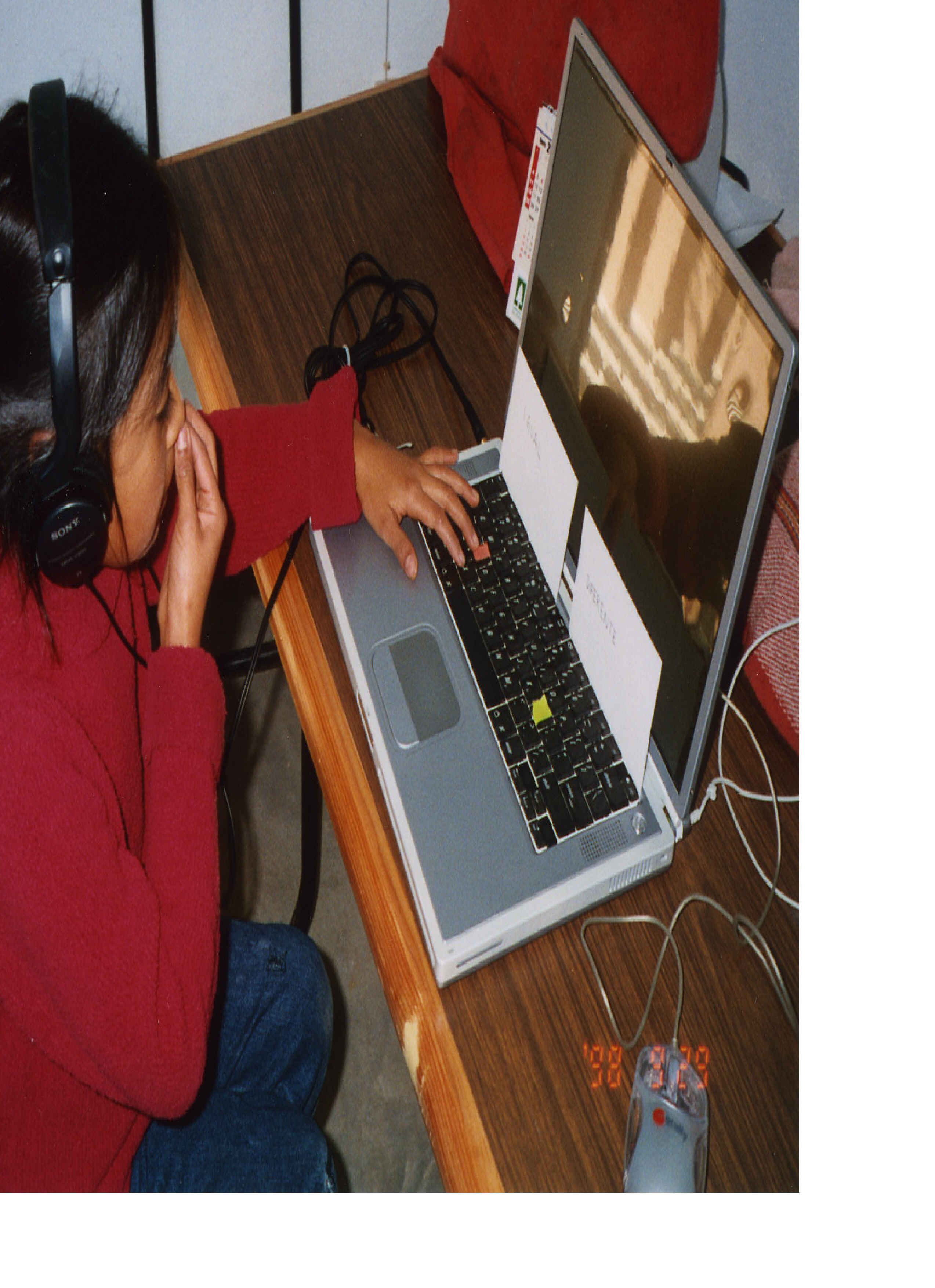
|
Experimental
Phonetics-Phonology
|
|
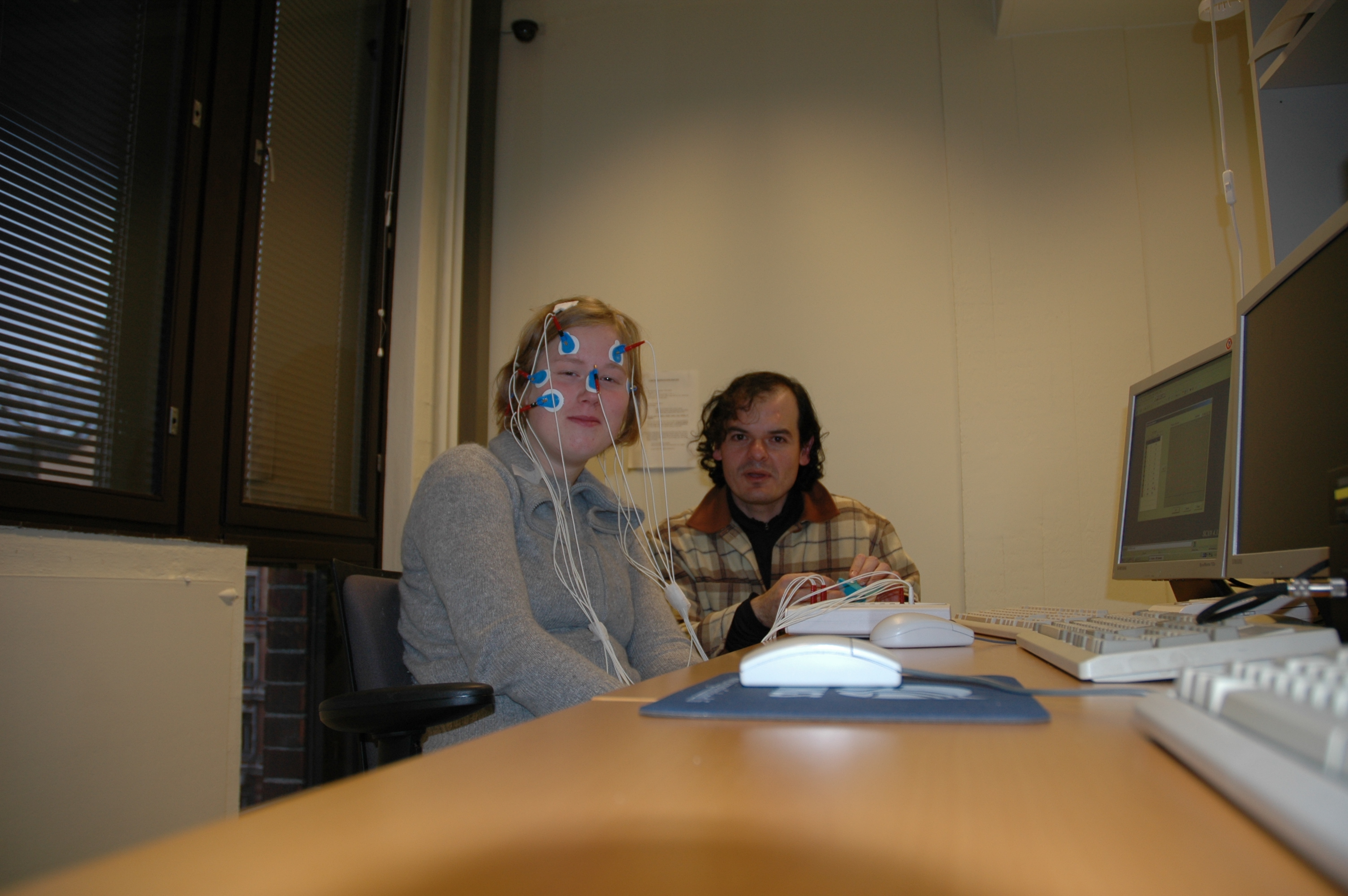
|
Cognitive
Neuroscience
|
|
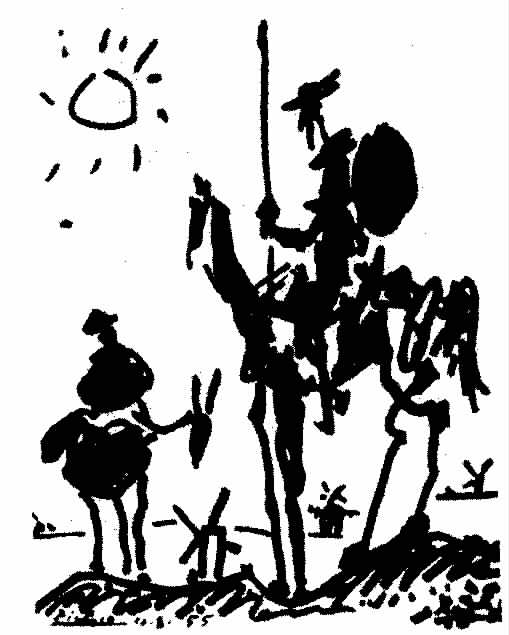
|
Spanish
Spanish
Intonation
Spanish
Phonetics
I am working
on a phonetic description of Mexico City Spanish
I collaborated
as an evaluator of a Spanish Intelligibility Test for aphasic
patients in the Speech and Hearing Clinics at Los Angeles
county.
I
have been an expert witness identifying Spanish speech for the
court in Los Angles.
|
|
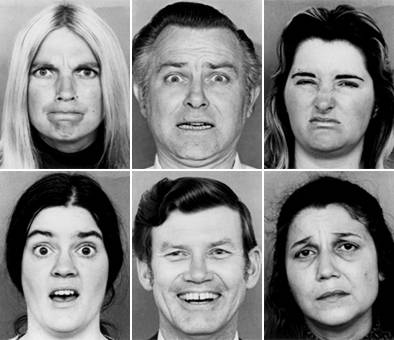
|
Phonetic
Correlates of Emotion
.
Humans have an
extremely sensitive capacity to detect the emotional states of
individuals. From very early ages we are able to perceive and
discriminate a wide speactrum of emotions in our interlocutors.
It takes just a few words to know whether they are happy, sad,
angry, afraid or borred. There are multiple sources for this
capacity, visual, kinetic, for instance; however the main source
of this ability comes from the linguistic processing of speech
With
the collaboration of my students at Stanford Olga Dmitrieva,
Lauren Hall-Lew, Yuan Zhao we are investigating the phonetic
correlates of emotional states which are retrieved by a
listener.
|
|
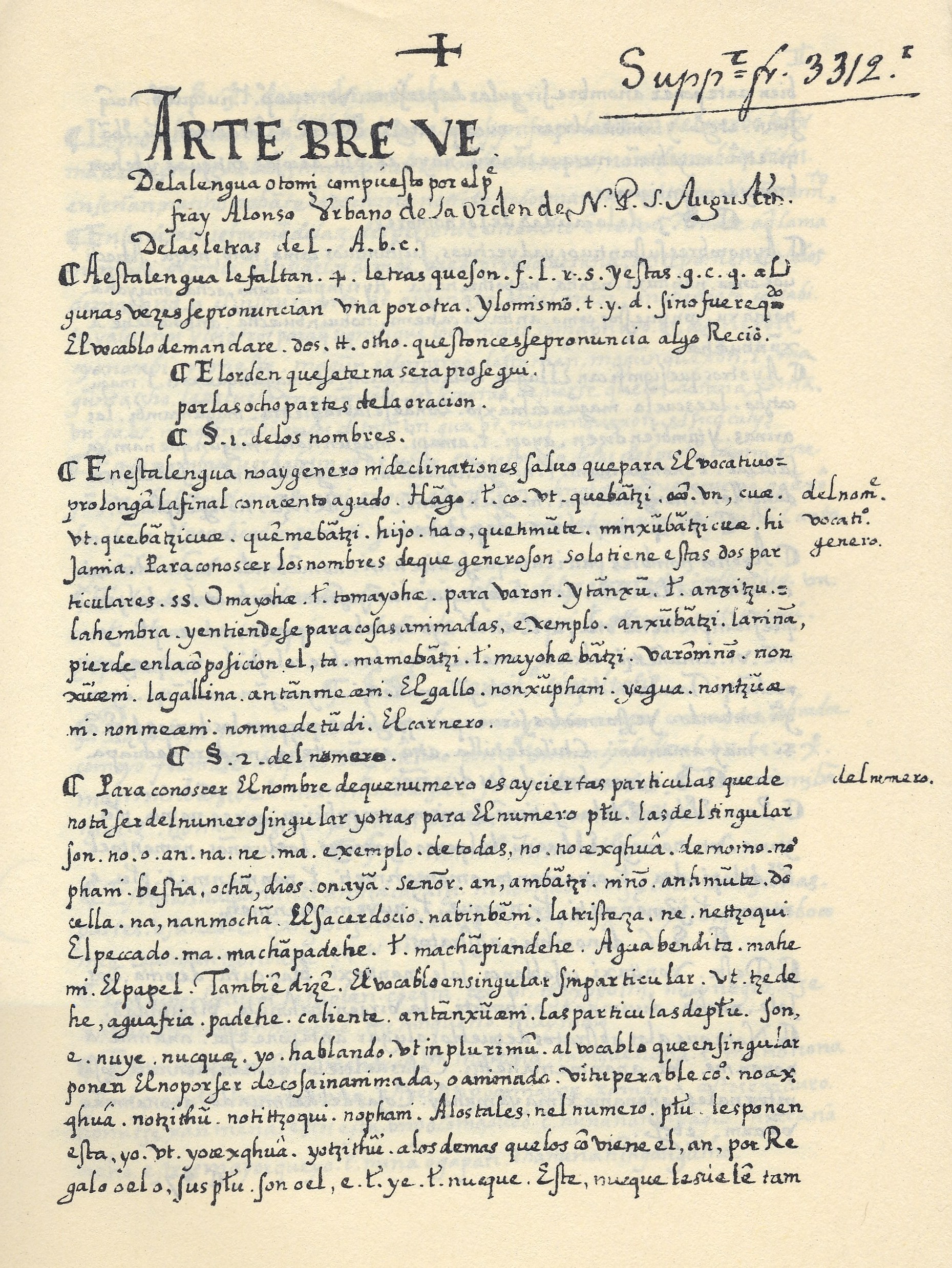
|
Colonial
Philology
Trilingual Dictionary
Otomi-Nahuatl-Spanish, 1605 by Alonso Urbano. I developed
the taste for Colonial Philology while working as an
undergraduate assistant for Thom Smith-Stark. I entered about
85% of the vocabulary in a database and produced a morphological
segmentation-analysis of the Otomi entries. I hope I could
revisit this monumental work in the future.
|
|
Northern
Pame:
(5) + Add3 / Mr 8 Add
Central
Pame:
(5) + Add2 / Mr1 8 Add1/
10Mr 2, 3 Add / Mr 20 Add
Southern
Pame:
(5) + Add2/10Mr 2, 3 Add / Mr 20
Add
|
Ethnomathematics
Pamean number systems
Pamean have one of the most unusual number
systems of the world's languages: Base 8. In Northern Pame is
completely productive, in Central Pame is productive in low
numbers and is combined with Bases 10 and 20, In Southern Pame,
there are only traces of Base 8, while bases 10 and 20 are the
most prodcutive.
The Pamean number systems give evidence of
the limits of Mesoamerica as a linguistic area.
|
-
|
|
Analysis
and Description of Indigenous Languages
|
|
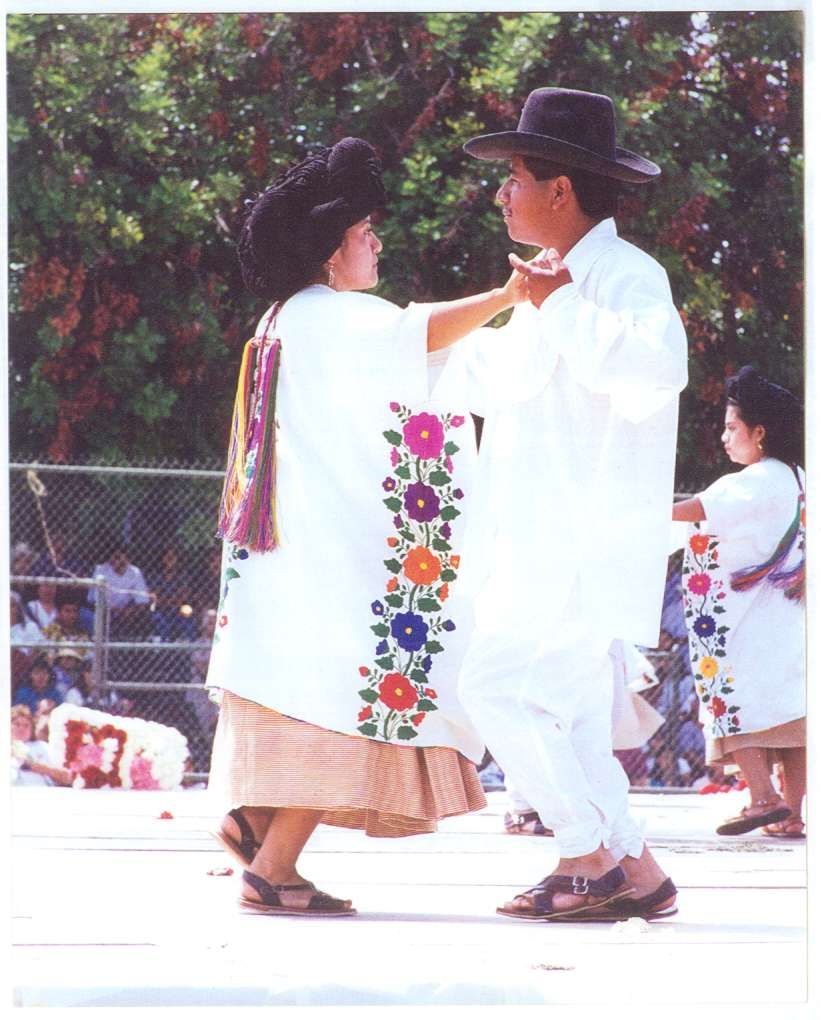
|
Fieldwork
|
|
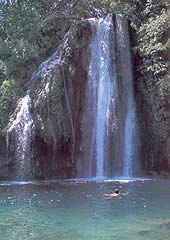
|
|
|
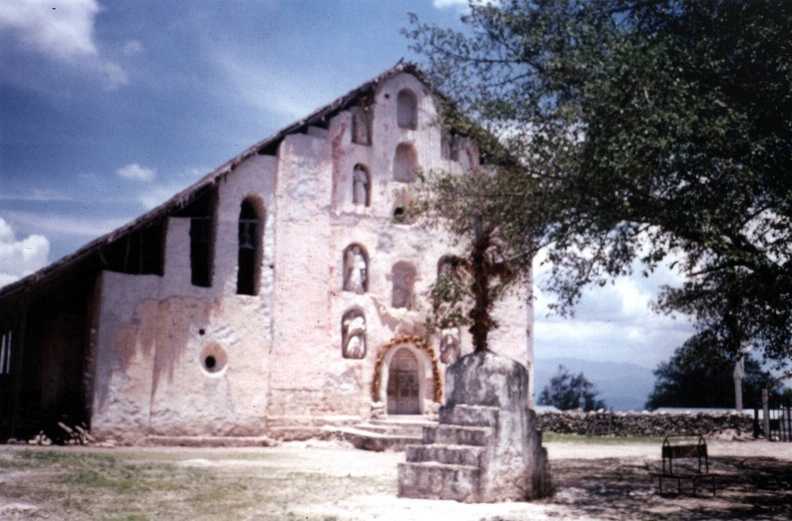
|
Central Pame/Xi'ui. (Otomanguean, Otopamean).
Santa Maria Acapulco, San Luis Potosi, Mexico. 1994-1996.
I did fieldwork in the Central Pame area, Santa Maria
Acapulco, Las Jaritas and Paso de Botello.
Central Pame has puzzling series of consonant clusters
in onsets and codas, complex segmental inventory, which
includes a series of ejectives and palatalized consonants, and
series of oral and nasal vowels.
I also took my 1996 field methods class to the Central
Pame area.
|
|
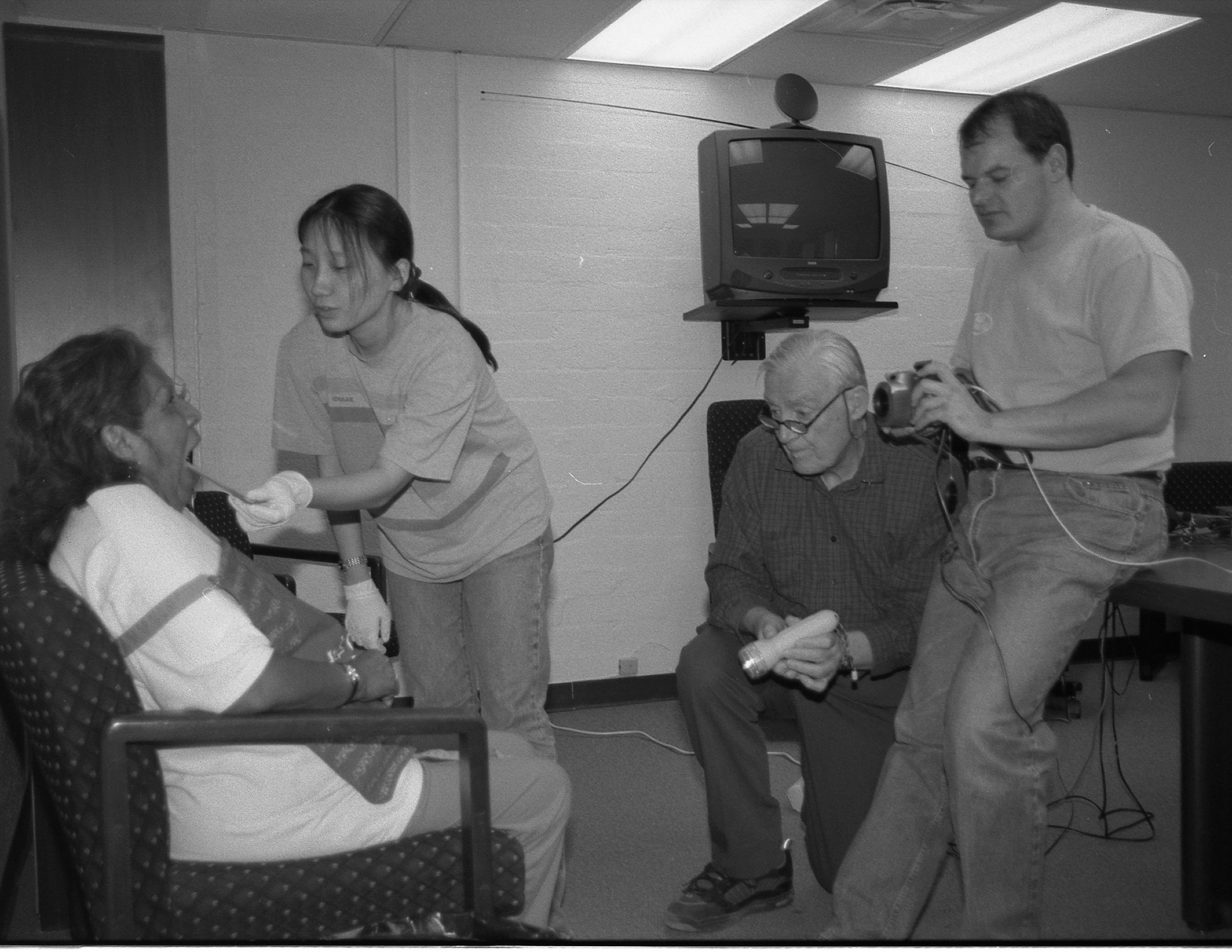
|
|
|
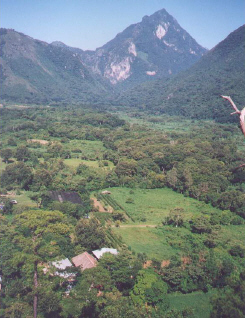
|
|
|
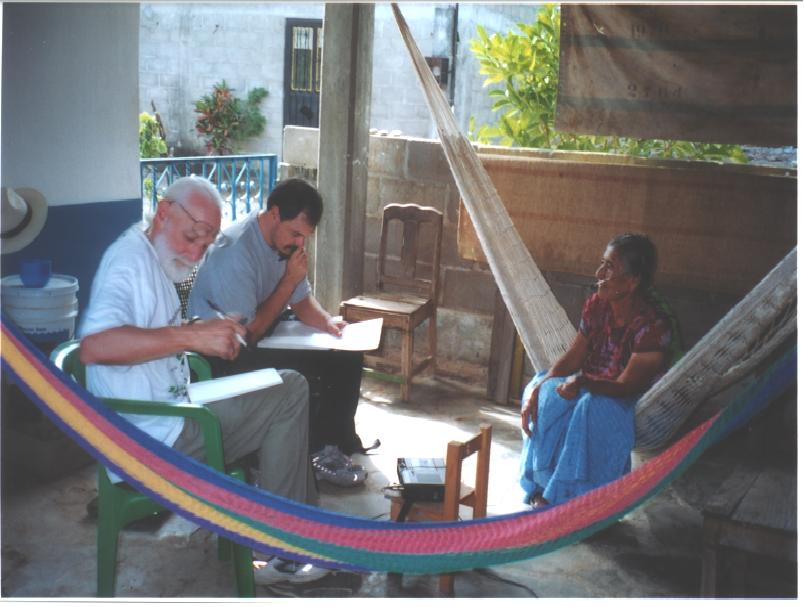
|
|
|
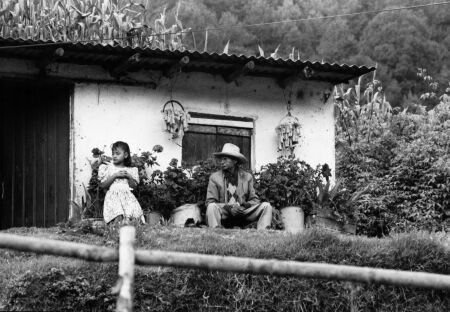
|
|
|
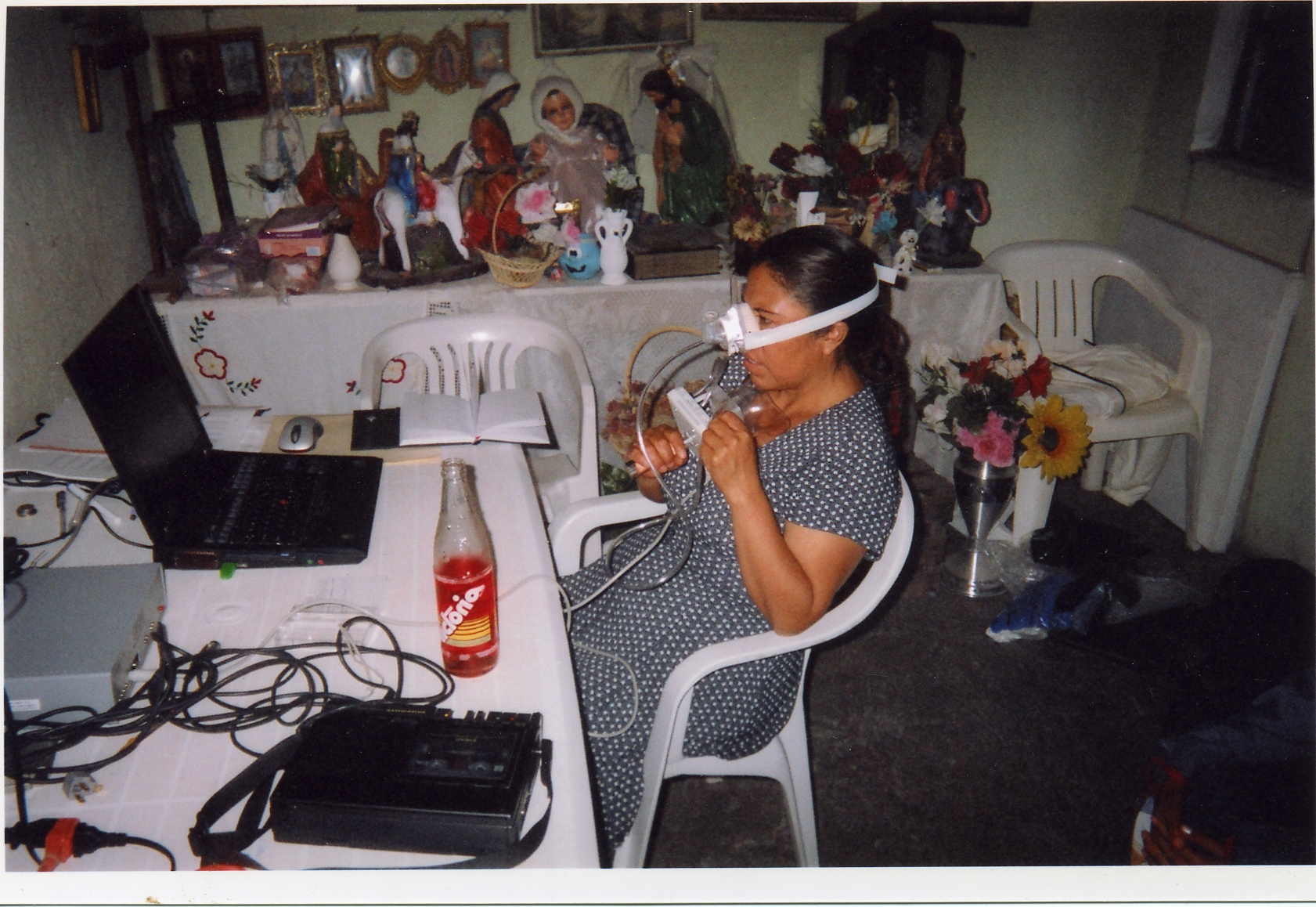
|
|
|
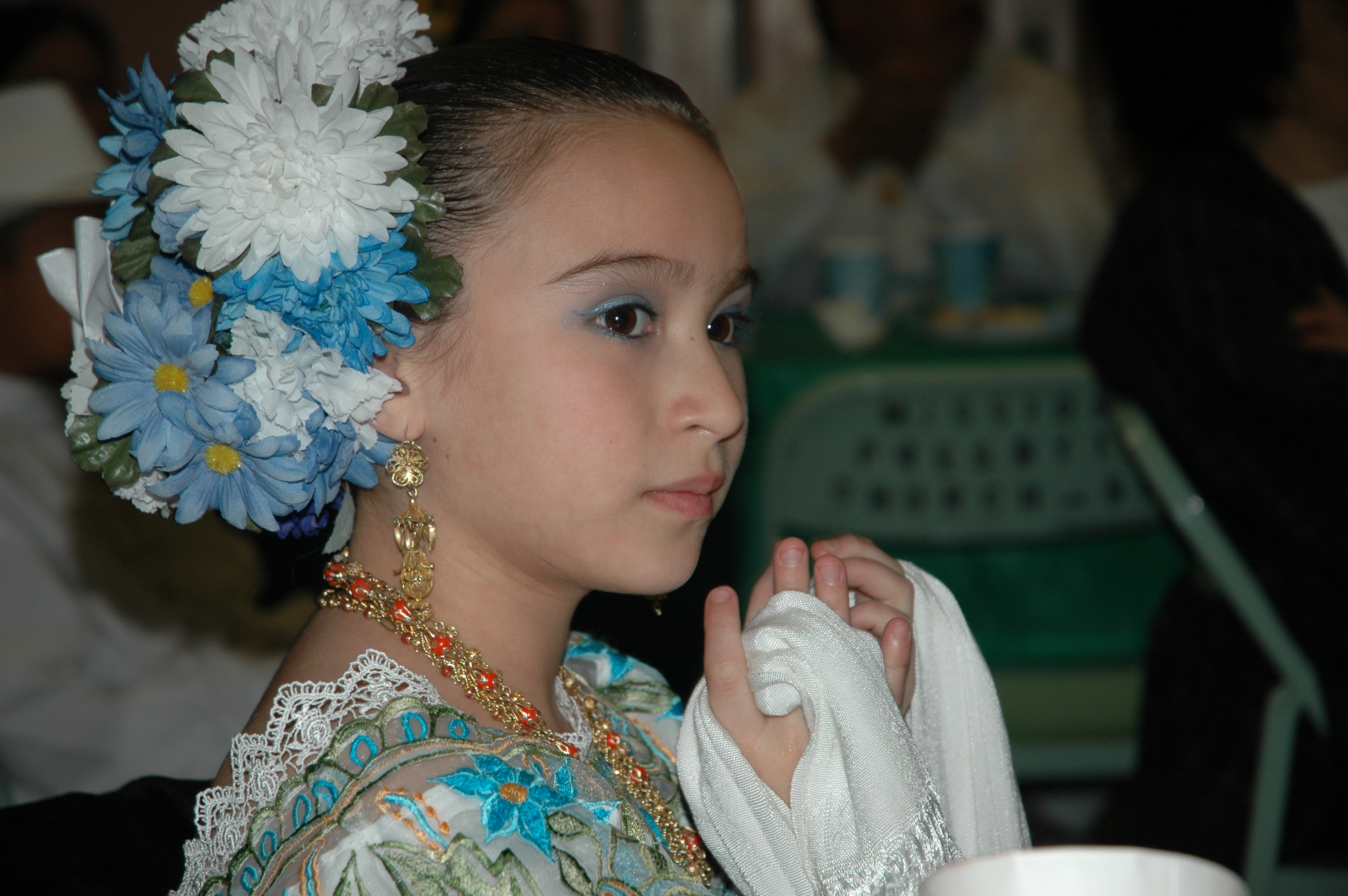
|
Yucatec Maya. (Mayan)
My students at Stanford University and I went to a
fantastic fieldwork trip to Quintana Roo, Mexico. There are
several interesting projects and dissertations on Yucatec Maya
going on right now at Stanford.
With my class at UC Berkeley (Eurie, Christian, Sam,
Reiko and Jeff) we are investigating the phonetics of
'rearticulated' vowels and the issue of tonogenesis in Yucatec
Maya. The only Mayan language which has developed tone.
|









